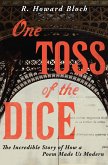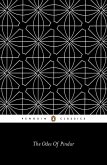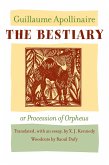Why do we find it hard to explain what happens when words are set to music? This study looks at the kind of language we use to describe word/music relations, both in the academic literature and in manuals for singers or programme notes prepared by professional musicians. Helen Abbott's critique of word/music relations interrogates overlaps emerging from a range of academic disciplines including translation theory, adaptation theory, word/music theory, as well as critical musicology, m?tricom?trie, and cognitive neuroscience. It also draws on other resources-whether adhesion science or financial modelling-to inform a new approach to analysing song in a model proposed here as the assemblage model. The assemblage model has two key stages of analysis. The first stage examines the bonds formed between the multiple layers that make up a song setting (including metre/prosody, form/structure, sound repetition, semantics, and live performance options). The second stage considers the overall outcome of each song in terms of the intensity or stability of the words and music present in a song (accretion/dilution). Taking the work of the major nineteenth-century French poet Charles Baudelaire (1821-67) as its main impetus, the volume examines how Baudelaire's poetry has inspired composers of all genres across the globe, from the 1860s to the present day. The case studies focus on Baudelaire song sets by European composers between 1880 and 1930, specifically Maurice Rollinat, Gustave Charpentier, Alexander Gretchaninov, Louis Vierne, and Alban Berg. Using this corpus, it tests out the assemblage model to uncover what happens to Baudelaire's poetry when it is set to music. It factors in the realities of song as a live performance genre, and reveals which parameters of song emerge as standard for French text-setting, and where composers diverge in their approach.
Dieser Download kann aus rechtlichen Gründen nur mit Rechnungsadresse in A, B, BG, CY, CZ, D, DK, EW, E, FIN, F, GR, HR, H, IRL, I, LT, L, LR, M, NL, PL, P, R, S, SLO, SK ausgeliefert werden.









